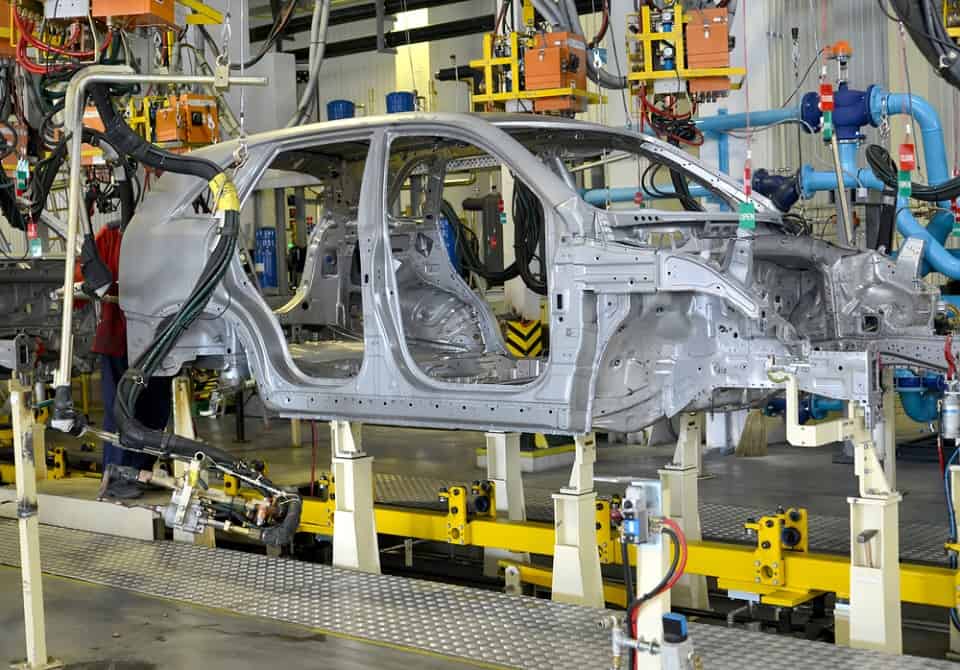Absorption Costing: Absorption Costing and Cost Allocation: A Complete Guide

Variable manufacturing overhead costs are indirect costs that fluctuate with changes in production levels. Examples include costs related to electricity, water, and supplies used in the manufacturing process. Understanding the formula for absorption costing is pivotal for accurate financial reporting and decision-making. This method ensures that all manufacturing costs are accounted for in the production of goods.
- Evaluate your fixed overhead allocation base (e.g., labor vs. machine hours) periodically.
- While other costing methods may be more complex, absorption costing is relatively straightforward.
- According to GAAP, both job costing and process costing are considered subtypes of absorption costing.
- These other manufacturing costs are charged to products by computing predetermined absorption rate or rates, depending upon whether a blanket rate is used or departmental rates are applied.
- For example, the production of a part requires X in raw materials and Y in labour, this part cannot be produced without the overhead such as for example production management and logistics.
- A company that manufactures electronic gadgets wants to optimize its product mix to maximize profitability.
Apportionment of Fixed Manufacturing Overhead
The fixed production costs are treated as part of the actual production costs. Stock and cost of goods manufactured are valued on a full production cost basis. This process is known as absorption costing because a proportion of the fixed cost is absorbed into the product https://www.bookstime.com/ cost.

Why Use the Absorption Costing Method?

It is sometimes called the full costing method because it includes all costs to get a cost unit. Those costs include direct costs, variable overhead costs, and fixed overhead costs. Absorption costing, also known as full costing, is a method in accounting where all manufacturing costs, both fixed and variable, are included in the cost of a product. This approach ensures that each product carries a portion of all costs incurred to produce it, which can lead to more accurate pricing strategies and profitability analysis.
Find the talent you need to grow your business
They add up the cost of parts, workers, and all the factory costs, including the ones that don’t change. Absorption costing is a popular way for many businesses to figure out their product costs. So, if you work in finance or accounting, it’s super important to know how it works. Check out the number of examples and stories from different business sectors below to get a better feel for how it’s used in real life. Full cost absorption looks at all the expenses involved in making a product, offering a comprehensive view of its costs.
Hence, absorption costing can be used as an accounting trick to temporarily increase a company’s profitability by moving fixed manufacturing overhead costs from the income statement to the balance sheet. Absorption costing, also known as full costing, includes all production costsboth fixed and variablein the valuation of inventory. This approach impacts financial statements by allocating a portion of fixed manufacturing overhead to each unit of product, which can result in higher inventory values on the balance sheet.
- Using absorption costing the company calculates the fixed overhead costs per unit.
- Some of the content shared above may have been written with the assistance of generative AI.
- The Internal Revenue Service (IRS) has specific rules regarding the costs required to be capitalized (absorbed) into inventory in the United States.
- Even overhead expenditures that can’t be directly traced to the product are charged against each unit.
- Inaccurate allocation of fixed overhead costs can distort product costs, leading to incorrect profit calculations.
- Absorption costing is a crucial idea that CA (Chartered Accountancy) students need to understand well.
(4) Variable expenses vary with volume of production, whereas fixed expenses remain constant. Expenses incurred to ensure the quality of the products being manufactured, such as inspections and testing, are included in the absorption cost. Vaia is a globally recognized educational technology company, offering a holistic learning platform designed for students of all ages and educational levels. We offer an extensive library of learning materials, including interactive flashcards, comprehensive textbook solutions, and bookkeeping detailed explanations. The cutting-edge technology and tools we provide help students create their own learning materials.
- The company incurs $100,000 in fixed manufacturing overhead costs per month, such as factory rent, insurance, and depreciation.
- Choosing between absorption costing and variable costing depends on how businesses want to allocate costs and report profits.
- To calculate absorption costing, take the total cost of goods sold and add the fixed costs.
- Therefore, calculated costs include direct and indirect costs, such as materials, commissions, wages, quality control costs, insurance, and rent.
- One of the key benefits of absorption costing is its ability to provide a more accurate representation of the cost of producing each unit.

The absorption costing method gives active enterprises a tool for systematic costing that considers their varying turnover while keeping the previously incurred costs in mind. Businesses that can maintain a consistent product demand will benefit from this circumstance. Machine hour rate method of absorption is used in those industries where machines are extensively used for production and manual labour is absorption costing formula negligible or plays very minor role. It is not desirable to calculate a blanket rate or one single rate for the entire factory, since the cost, horse power, capacity of machines differ. To further emphasize the benefits of absorption costing in decision-making, let’s examine a case study. A company that manufactures electronic gadgets wants to optimize its product mix to maximize profitability.

This comprehensive approach impacts the full costing income statement, where unsold inventory retains its cost value. For businesses managing multiple products, such as an apparel company producing scarves and dresses, the absorption method ensures each item’s cost is proportionally and fairly represented. Breaking down the formula, each cost component requires precise costing computation. For instance, direct labor costs might include hourly wages, overtime, and benefits, while overhead costs account for utilities, factory rent, and machinery depreciation. Absorption costing adheres to GAAP, which requires matching product costs to product sales in the same period.
Related Posts
What is a Budgeted Income Statement? And How to Prepare it?
The budgeted income statement might show a substantial rise in marketing expenses to support theRead More
Normal account balance definition
When an account has a balance that is opposite the expected normal balance of thatRead More
What is a Budgeted Income Statement? And How to Prepare it?
The budgeted income statement might show a substantial rise in marketing expenses to support theRead More
Comments are Closed